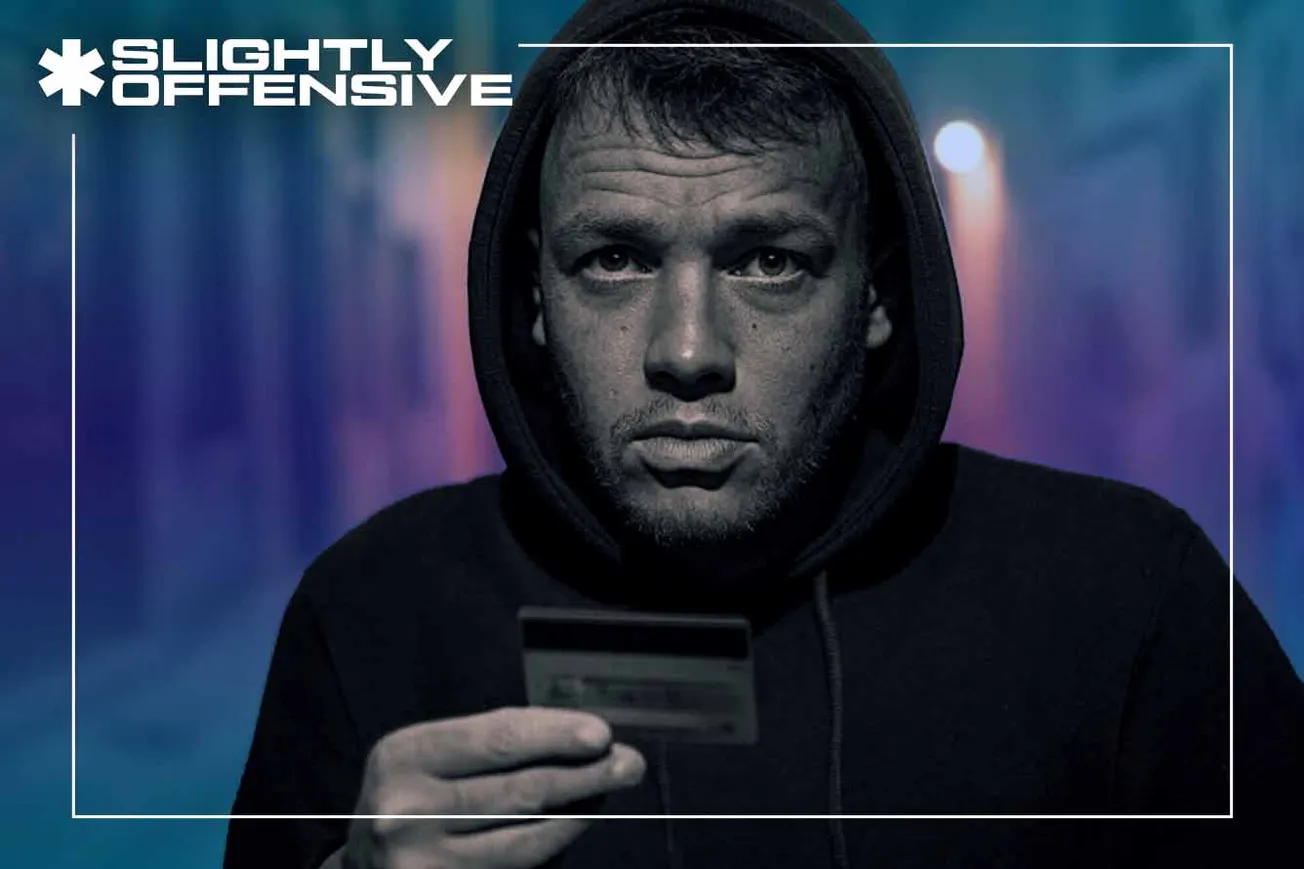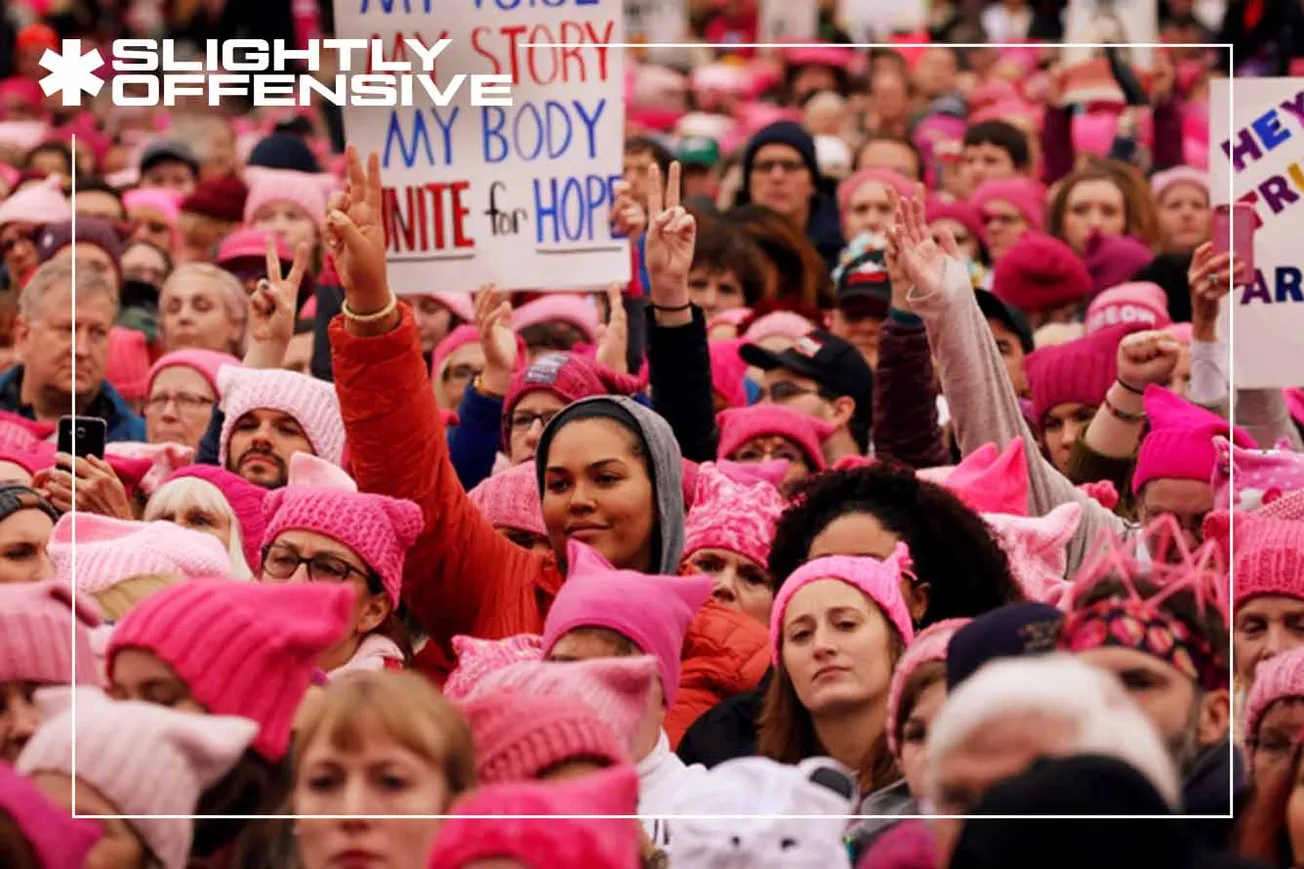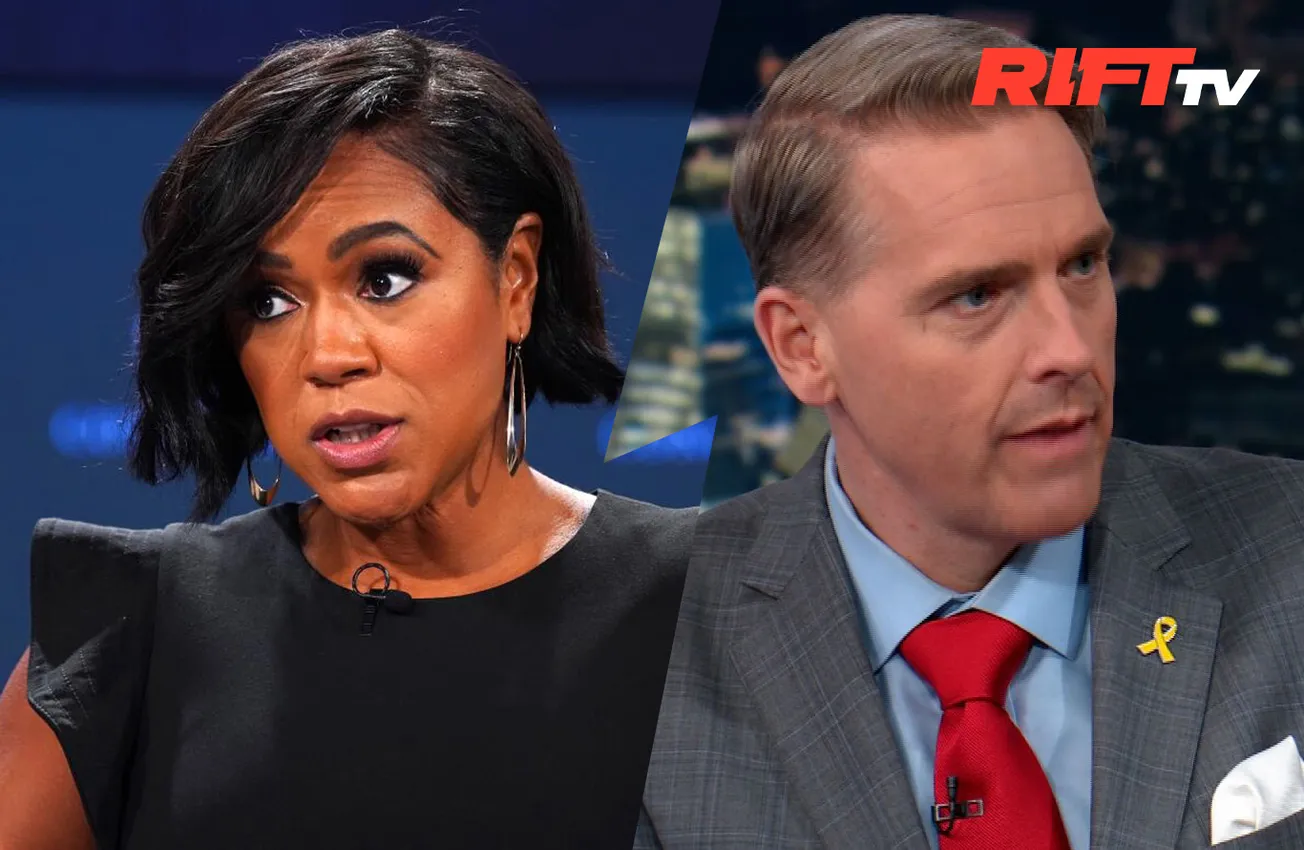Inflation was supposed to be the enemy of corporate America. Rising costs, tighter consumer spending, and higher borrowing rates should have slowed the profit machine.
Instead, credit card companies cashed in.
As Americans struggled with record-high grocery bills, surging rent prices, and gas spikes, the banks saw an opportunity—not to help, but to exploit. They raised interest rates to historic levels, increased fees, and found new ways to trap consumers in perpetual debt cycles.
And while the Federal Reserve has eased rates in recent months, there’s one place you won’t see relief: your credit card bill.
Because what Wall Street has learned over the past two years is simple: Once you normalize bleeding customers dry, why stop?
The APR Racket: Why Credit Card Rates Only Go Up
In theory, credit card interest rates are supposed to move with the economy.
When the Federal Reserve hikes rates, borrowing costs go up. When the Fed lowers rates, they’re supposed to come back down.
But that’s not what happened.
Between 2022 and 2023, as the Fed raised rates to combat inflation, credit card APRs shot up almost overnight. The average interest rate on a new card climbed from 16% to over 24%, and some issuers pushed beyond 30% APR for regular consumers.
Then, in early 2024, something interesting happened:
The Fed started lowering rates.
Mortgage rates dipped. Auto loans saw some relief. Even corporate borrowing costs declined.
But credit card interest rates stayed exactly where they were.
If you ask the banks, they’ll say it’s because of “risk.” That consumers are struggling, so they need to keep rates high to offset potential losses.
But let’s be honest—they're not losing money.
Visa, Mastercard, and major banks posted record profits in 2023 and 2024, even as consumers took on record levels of credit card debt.
So what’s really happening?
They realized something simple: Consumers have been conditioned to accept 25-30% APR as “normal.”
And as long as they can keep that illusion alive, there’s no reason to change it.
The Inflation Excuse: How Banks Turned a Crisis Into a Paycheck
When inflation spiked in 2022, banks made a case that higher credit card interest rates were a necessity. They pointed to increased defaults, rising costs, and the need to maintain stability.
That argument didn’t hold up for long.
By late 2023, inflation had begun easing. Corporate costs were stabilizing. Yet credit card rates kept rising.
Why?
Because banks had successfully trained Americans to expect it.
They relied on a simple formula:
- Blame inflation to justify price hikes and interest spikes.
- Keep those rates high even when costs stabilize.
- Hope the public doesn’t notice.
The result? A financial system where corporations can artificially inflate their earnings under the guise of economic necessity.
And it worked.
Visa and Mastercard both saw their profits jump by double digits in 2023, even as Americans struggled with rising costs.
Minimum Payments: The Silent Debt Trap
For decades, credit card companies have mastered the art of minimum payments. It’s their most powerful weapon for keeping consumers trapped in a permanent debt cycle.
Here’s how it works:
- They set minimum payments low—just 2% of the total balance.
- Most of that payment goes to interest, not principal.
- Your balance barely shrinks, even if you pay every month.
So if you’ve got a $5,000 balance at 27% APR, you might be making $150 monthly payments—but nearly $110 of that is interest.
At that rate, it could take decades to pay off, even if you never used the card again.
And if you miss just one payment?
Penalty fees. Higher APR. A credit score hit. The cycle starts all over again.
Medical Credit Cards: The Most Exploitative Scheme Yet
If there was one industry credit card companies hadn’t yet squeezed for profit, it was healthcare.
That changed in the last few years.
Major banks partnered with hospitals to roll out medical credit cards—specialized lines of credit designed for people who can’t afford medical bills upfront.
Sounds like a lifeline, right?
Wrong.
Most of these cards come with zero-interest “teaser periods”—a gimmick that backloads all the interest if you don’t pay off the balance in time.
Example:
- If you charge $3,000 for a hospital bill on a 0% APR medical credit card, and don’t pay it off in full within 12 months...
- You’re suddenly hit with 30% interest on the full $3,000—retroactively.
That’s not just predatory. That’s financial entrapment.
And as more Americans struggle with rising healthcare costs, these cards have become a new way for banks to extract wealth from people’s worst moments.
How to Protect Yourself (Because They’re Not Stopping)
The credit card industry isn’t going to fix itself. The government isn’t going to step in. If you want to stop them from bleeding you dry, you have to take action yourself.
Here’s how:
✔️ Pay more than the minimum. Every extra dollar goes directly to your principal and cuts down their profits.
✔️ Refuse new “pre-approved” offers. They’re just bait for worse terms and higher fees.
✔️ Watch for “rate creep.” Banks will quietly raise your APR over time—call and negotiate.
✔️ Never carry a balance on a rewards card. If you’re paying 25% APR for a “1% cash back” perk, you’re losing.
✔️ Consider alternatives. Credit unions and community banks often offer lower rates with fewer fees.
Final Thought: The System Is Rigged, But You Don’t Have to Play
Credit card companies aren’t hurting. They created this financial mess and profited off it.
They are not your friends. They are not in the business of “helping” you.
They exist to keep you in debt for as long as possible, while making you think it’s normal.
But once you see how the con works, you can start playing by your own rules.
And the first rule?
Stop feeding the beast.
Please leave your opinions / comments on these stories below, we appreciate your perspective!









